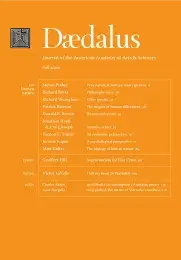
Image:
Spirochetes from low-oxygen muddy water of a microbial mat, growing near the salt works of the Alfacs Peninsula, northeast Spain. (Phase contrast light micrograph, magnified 1000x, false color.) The large ones – Spirosymplokos deltaeiberi – and many of the smaller ones have formed round bodies as evaporating water threatens them with desiccation. See Lynn Margulis on Syphilis & Nietzsche’s madness: "Spirochetes Awake!": “After more than half a millennium of the study of syphilis and more than a century after Nietzsche’s breakdown,
our research suggests that the philosopher really did plummet abruptly into madness; armies of spirochetes . . . literally began to eat his brain.” Photograph © Lynn Margulis.
